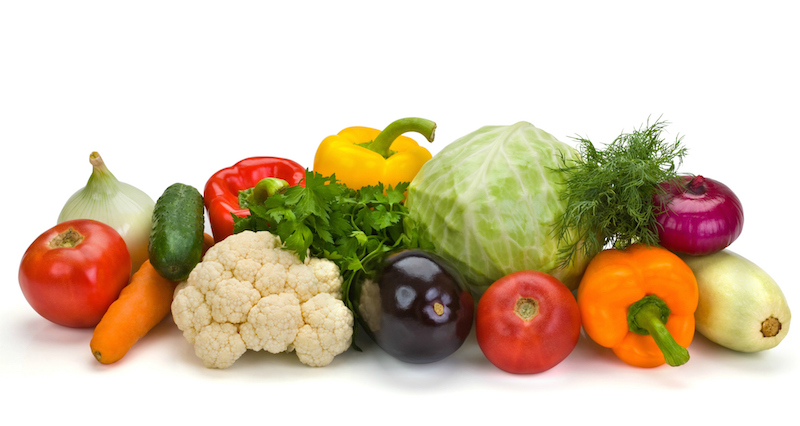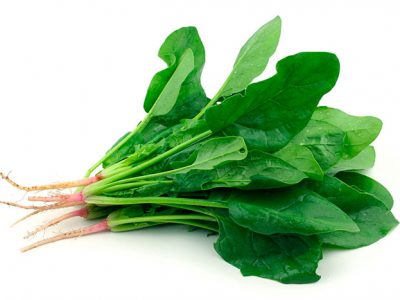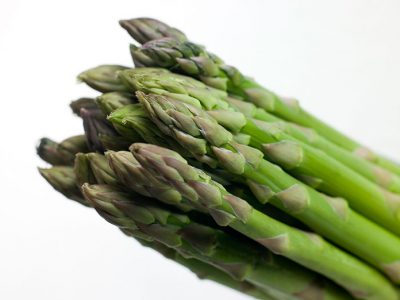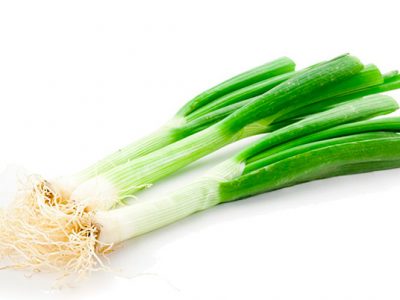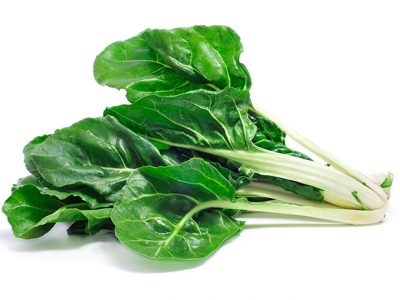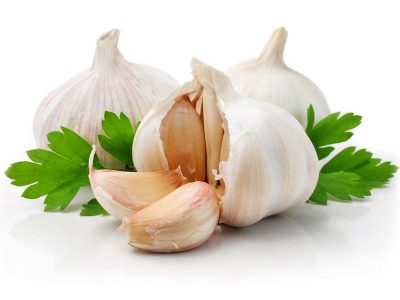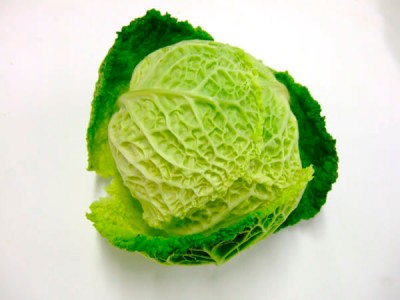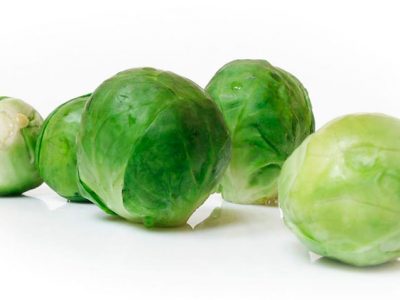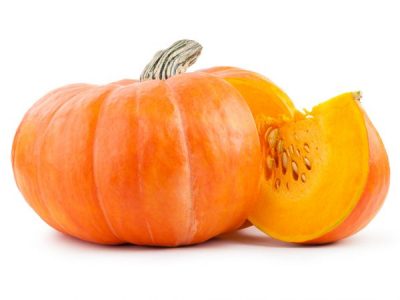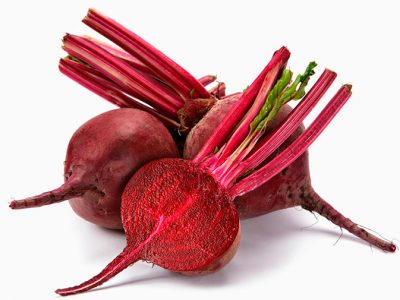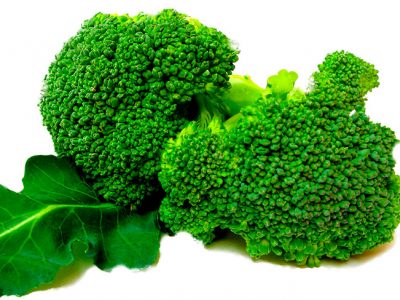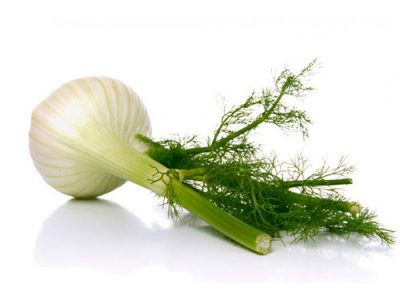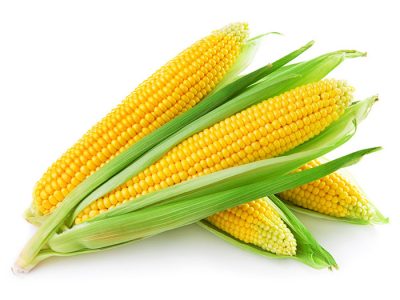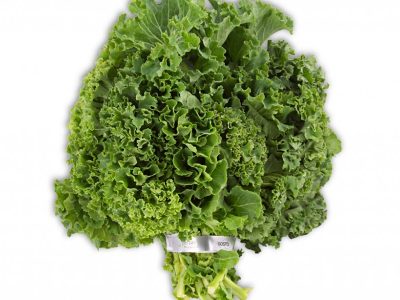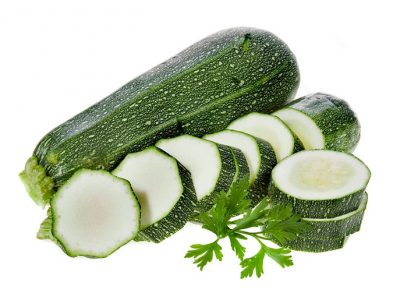Vegetables are rich in iron and should be consumed in a balanced diet; above all, we need iron in our food for anaemia. In this ranking you won’t only discover which vegetables contain the most iron but also the exact quantity in each portion.
Which are the main vegetables with iron?
Properties of the Jerusalem artichoke, spinach, lambs lettuce and asparagus are, according to this table for food containing iron, are ideal for an iron rich diet.
Include these foods rich in iron in your salads and side dishes and learn about the recommended daily quantity of iron for your body. This way, you can combine food with more iron into a balanced diet and if you suffer from anaemia, counteract the negative effects with vegetables that naturally contain iron.

